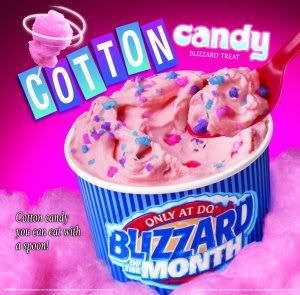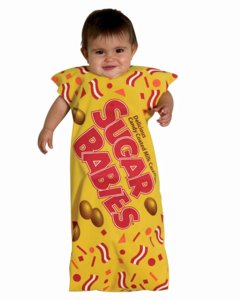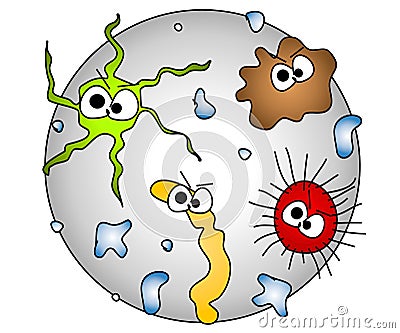 From Shereen Jegtvig:
From Shereen Jegtvig:Grocery shopping will be an easier experience and you will likely bring home healthier foods if you start with a healthy grocery shopping list. With a grocery list in hand, you won't be as likely to wander the junk food aisles and make impulse purchases. You can copy or print out this healthy grocery list or you can make your own.
Here's What to Include on Your Healthy Grocery List
- Fresh vegetables and fruits should make up the largest part of your healthy foods grocery list. Vegetables and fruits have vitamins, minerals, antioxidants and they are usually low in calories. We all need at least five or more servings of vegetables and fruits every day. Choose a variety of fruits and vegetables that everyone in your family will enjoy.
- Most of your grain and cereal products should be made from whole grains, not from refined flours. This part of your list includes whole grain breads, whole grain pastas, and whole grain breakfast cereals. Whole grains are important for vitamins, minerals, and for fiber, which is often lacking in modern diets. Read labels to look for 100% whole-grain or 100%whole-wheat to be sure you are getting whole grain products.
- Your protein and meat choices should consist mostly of fish, poultry and lean meats. Eggs, nuts, seeds and legumes are also good protein choices. Choose fresh and frozen unbreaded meats and fish. Avoid breaded, deep-fried convenience foods that you put in the oven. They are high in fats and sodium.
- Beverages should be kept simple. Water, low-fat milk, juices and herbal teas are all good choices. If you choose soft drinks, choose diet sodas and soft drinks to avoid extra sugar.
- Dairy products should include low fat milk, yogurt and cheese. If you do not want cows' milk, choose soy and rice beverages, calcium fortified orange juice, or goats' milks and cheese.
- Be careful with dressings, cooking oils and condiments. They are sneaky sources of refined sugar and poor quality oils. Read labels to choose dressings made with olive oil, canola oil or walnut oil. Choose low-fat mayonnaise for your sandwiches and choose canola oil and olive oil for cooking.
- Frozen foods are a convenient way to keep vegetables on hand. There are also prepared meals that you can pop into the microwave or oven. These can be convenient and healthy if you choose low fat versions with good portion sizes. Read labels and chose frozen foods wisely. Avoid frozen pizzas, pocket-sandwiches, deep-fried appetizers, and breaded foods.
- Foods in cans and jars are also very convenient. Look for low-sodium soups, vegetables and sauces. Avoid high fat gravies and high calorie foods like canned spaghetti and ravioli products.
- For sandwiches, choose peanut butter or other nut butters, low-fat turkey slices or sliced roast beef. Avoid processed lunch meats, sausages and hot dogs.
- Don't load up on high calorie treats and desserts. Choose fresh fruits, healthy nuts, seeds and whole grain crackers for snacks.








